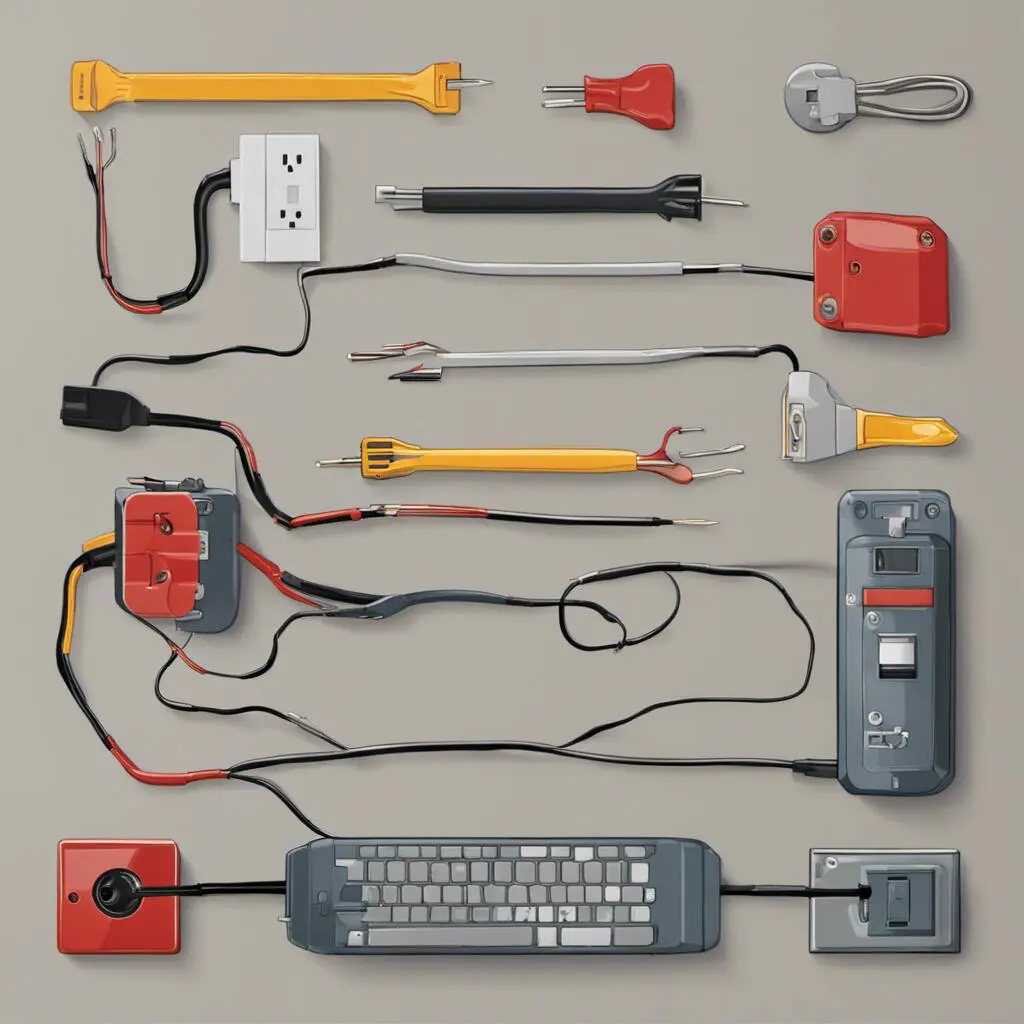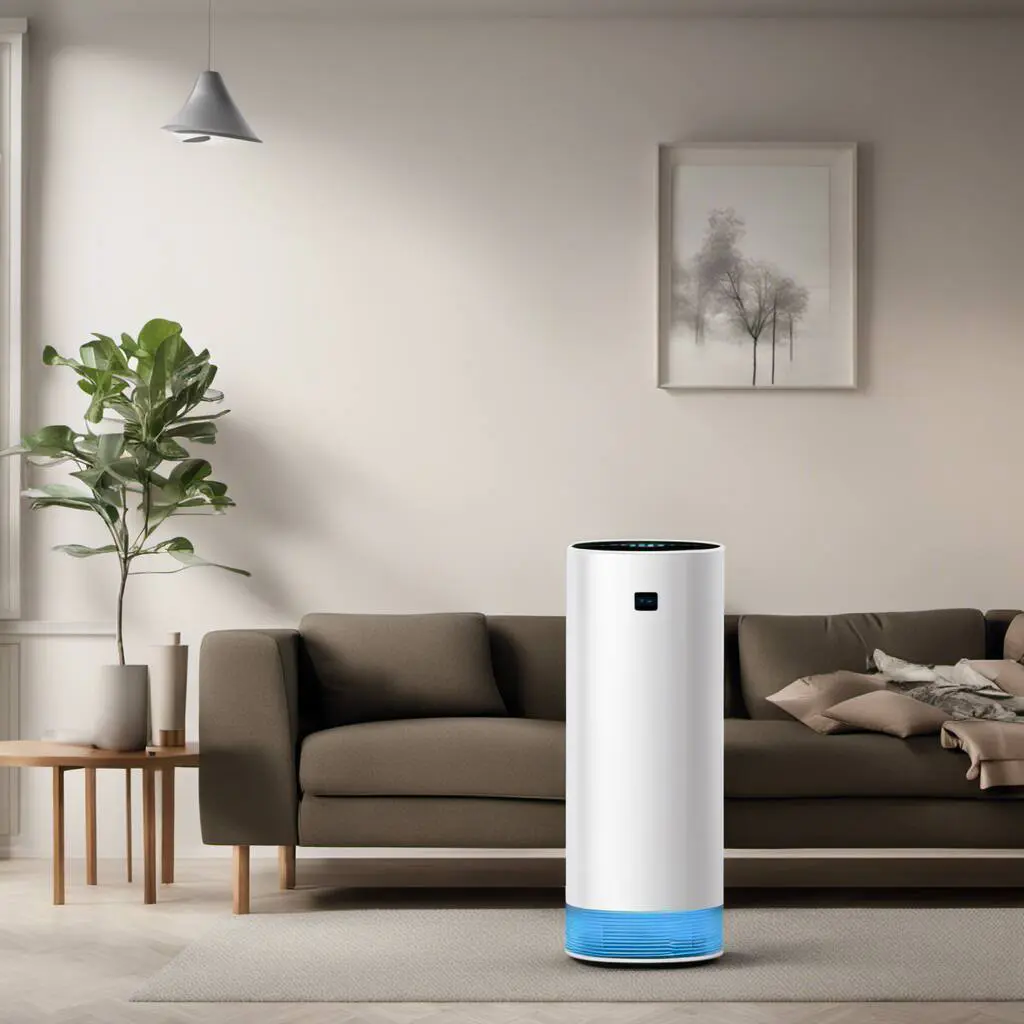
Electrical problems are a common occurrence in many homes. These issues can range from minor inconveniences to serious safety hazards. It is essential to address these problems promptly to prevent further damage and ensure the safety of your home and family. In this article, we will discuss the ten most common home electrical problems and provide detailed solutions to resolve them effectively.
1. Frequent circuit breaker trips
One of the most common electrical problems is when the circuit breaker keeps tripping. This usually happens due to an overloaded circuit or a short circuit. To resolve this issue, you should first try to identify the appliance or electrical item that is causing the overload. Unplugging or spreading the load across multiple circuits can help alleviate the problem. If the issue persists, consult a qualified electrician to inspect and repair the circuit.
2. Flickering lights
Flickering lights can be quite annoying and indicate an underlying electrical problem. Loose electrical connections, outdated light fixtures, or a faulty switch can cause this issue. Start by checking and tightening all the electrical connections in the affected area. If the problem persists, consider replacing the light fixtures or consulting with a professional electrician to identify and resolve the root cause.
3. Electrical shocks
Experiencing an electrical shock when touching an appliance or switch is a serious issue that requires immediate attention. It can result from faulty wiring, improper grounding, or damaged electrical devices. Refrain from using the appliance or switch and turn off the power to the affected area. Consult a licensed electrician to inspect and repair the faulty wiring or device.
4. Power outlet malfunction
Non-functional or faulty power outlets are a common issue in homes. This can be caused by loose wiring, damaged outlets, or a faulty circuit breaker. Begin by checking the circuit breaker to ensure it is not tripped. If the circuit breaker is okay, turn off the power and safely inspect the outlet for any loose connections or damage. If you are unable to identify or fix the issue, it is advisable to hire a professional electrician to repair or replace the faulty outlet.
5. High energy bills
If you notice a sudden increase in your energy bills without a significant change in consumption, it could imply an electrical problem. Common causes include outdated electrical appliances, inadequate insulation, or faulty wiring. To address this, first, assess your energy usage and replace any outdated appliances with energy-efficient models. Ensure that your home is properly insulated to reduce energy loss. If the problem persists, contact an electrician to inspect the wiring and identify any hidden issues.
6. Dead outlets or switches
Outlets or switches that no longer work are another frequent electrical problem in homes. Loose connections, wire damage, or a tripped circuit can cause a dead outlet. Start by checking the circuit breaker to ensure the circuit is not tripped. If the issue persists, turn off the power and cautiously inspect the outlet or switch for loose connections or visible damage. If you are unable to resolve the issue, consult a professional electrician to diagnose and repair the problem.
7. Overheating electrical devices
Overheating electrical devices can be a warning sign of a serious electrical problem. This can be caused by overloaded circuits, faulty wiring, or outdated devices. Avoid using the overheating device and unplug it from the power source. Check if the outlet is damaged or if it feels hot to the touch. If the problem persists, consult an electrician to identify and rectify the underlying issue.
8. Light bulbs burning out frequently
If you find yourself constantly replacing light bulbs, it may indicate an electrical problem. This could be due to high wattage bulbs in fixtures designed for lower wattage, loose connections, or fluctuating voltage. Start by ensuring that you are using the correct wattage for the fixture. Check and tighten any loose connections. If the issue continues, consult an electrician to assess the electrical system and address any underlying problems.
9. Electrical outlets near water sources
Home electrical outlets located near water sources, such as sinks or showers, need to be specially protected to prevent electrical shocks. If you have outlets in such areas that are not equipped with Ground Fault Circuit Interrupters (GFCIs), consider installing GFCI outlets. These devices can detect electrical imbalances and quickly shut off the power to prevent shocks. Contact a licensed electrician to install GFCI outlets in these locations for increased safety.
10. Outdated electrical systems
Homes with outdated electrical systems are prone to various electrical problems. These systems may lack safety features or fail to meet modern electrical demands. If your home has an outdated electrical system, it is advisable to consult a professional electrician for an electrical safety inspection. They can assess the system, recommend necessary upgrades, and ensure compliance with current safety standards.
In conclusion, common home electrical problems can range from minor inconveniences to major safety hazards. It is crucial to address these issues promptly to prevent further damage and ensure the safety of your home and family. While some problems can be resolved by homeowners, complex issues require the expertise of a professional electrician. By following the solutions provided for the ten common home electrical problems discussed in this article, you can promote a safe and efficient electrical system in your home.







